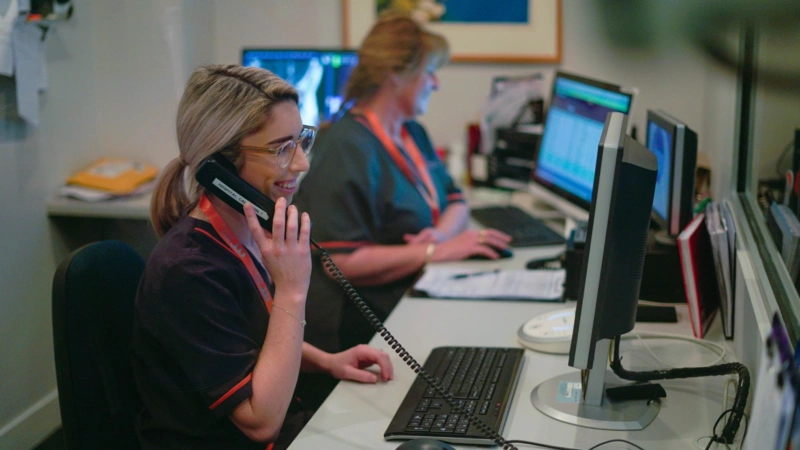Breast Mammography
Available at
Overview
Allevia Radiology & Allevia Breast Institute strongly believe in the benefits of 3D mammogram/tomosynthesis, which is our standard imaging technique for both screening and diagnostic mammograms for all our patients.
This 3D Mammogram / Tomosynthesis will:
- Provide greater clarity in our imaging, improving cancer detection.
- Reduce false positives compared with 2D imaging.
- Suitable for patients of all ages and breast densities.
- Reduce the need for further additional mammogram views.
- Reduce potential recall of patients which can create unnecessary anxiety and concern.
A 3D mammogram is an effective method of breast imaging. We know 3D mammography is the most advanced breast cancer screening, we believe that this change will benefit our patients, ensuring they have access to the best technology ensuring a clear, accurate and timely diagnosis.
With a 2D (2-dimensional) mammogram, often called conventional mammography, 4 images are taken of the breasts – two from above and two from the sides. This can result in overlap of tissue due to the breast being imaged in one plane. 3D or Tomosynthesis (Tomo) is an advanced form of mammography that produces images in 1 mm slices. This allows separation of the overlapping tissue and reduces the ability for abnormalities to be hidden behind normal breast tissue.
What to expect
Before
If you are under 40 years old, in most cases a referral from a GP or specialist is required. If you are over 40, referrals are generally not required. However, we need the name of your medical provider (GP or specialist).
If this is a routine check-up, try to book your appointment the week after your period when your breasts are less sensitive. Let the booking staff know if you have had a mammogram at another imaging centre, as we do compare your images to look for any change.
If you have new symptoms such as a palpable lump or nipple discharge, let the booking staff know when you book your mammogram so we can ensure that a breast radiologist is on-site if applicable.
On the day of your examination do not wear roll-on deodorant, talcum powder or lotion on your breast as these may show up on your mammogram. It’s best to wear a two-piece outfit as you will need to undress from the waist up and you will be given a gown to wear.
During
On the day of your appointment, you will be asked a few questions that will help us in assessing your risk and interpreting your mammogram. The whole procedure takes about 20-30 minutes.
Mammography involves compressing your breast tissue for a short time to x-ray the breast. The pressure can be uncomfortable, but most people cope very well. If you find the pressure causes extreme discomfort, please tell the mammographer immediately.
You may be required to have additional views or ultrasound for further assessment.
After
After your mammogram, two radiologists will review the images and send a report to your GP. A breast radiologist may be on site to provide preliminary results on the day.
Resources
To make things easy for you, we’ve prepared some simple downloadable guides for our examinations. You can download these easily and print them off for your reference.
Please note, not all preparations are included here. The preparation listed above is only a guide, you will be advised of specific details when making your appointment.
FAQs
How does a mammogram procedure work?
How does a mammogram procedure work?
Firstly, a mammographer will demonstrate how the clear plastic compression plates work and explain why flattening the breast tissue makes it easier to read the results. Once your breasts are positioned and compressed between the plates, several x-rays are taken of each breast.
What does a mammogram feel like?
What does a mammogram feel like?
Today’s high-quality technology has afforded us greater technique and improved visuals when taking mammograms, and many women find the actual ‘pain’ significantly less than what they anticipated. Feeling pressure and slight discomfort is normal during a mammogram as your breasts are compressed between two plates, however, this only lasts a few seconds. If at any stage the pain were to become unbearable it’s important to inform our specialists. To keep pain to a minimum, we encourage our patients to undergo an examination outside of premenstrual days – and during their period – when breasts may be swollen or tender.

Ready to get started?
